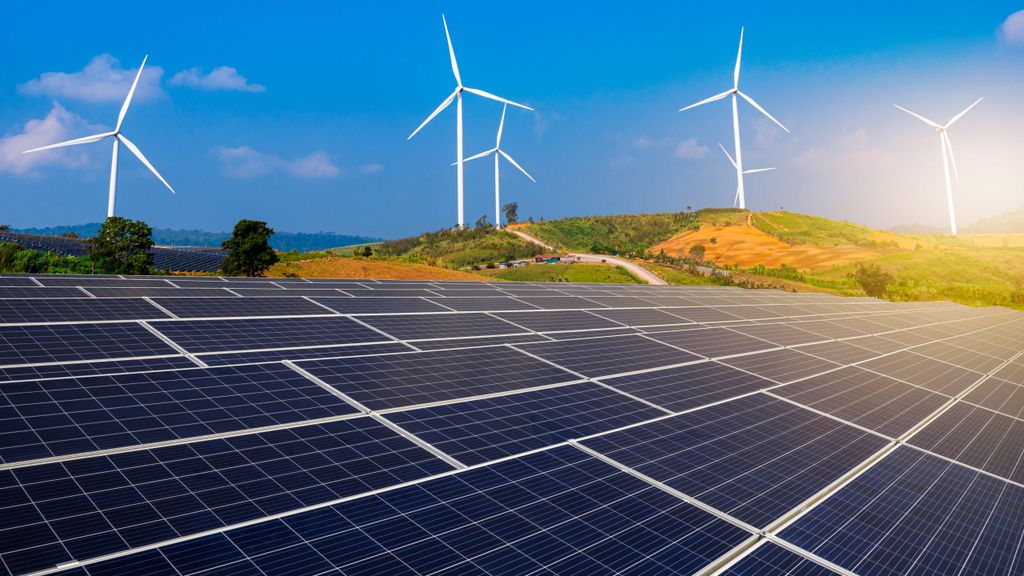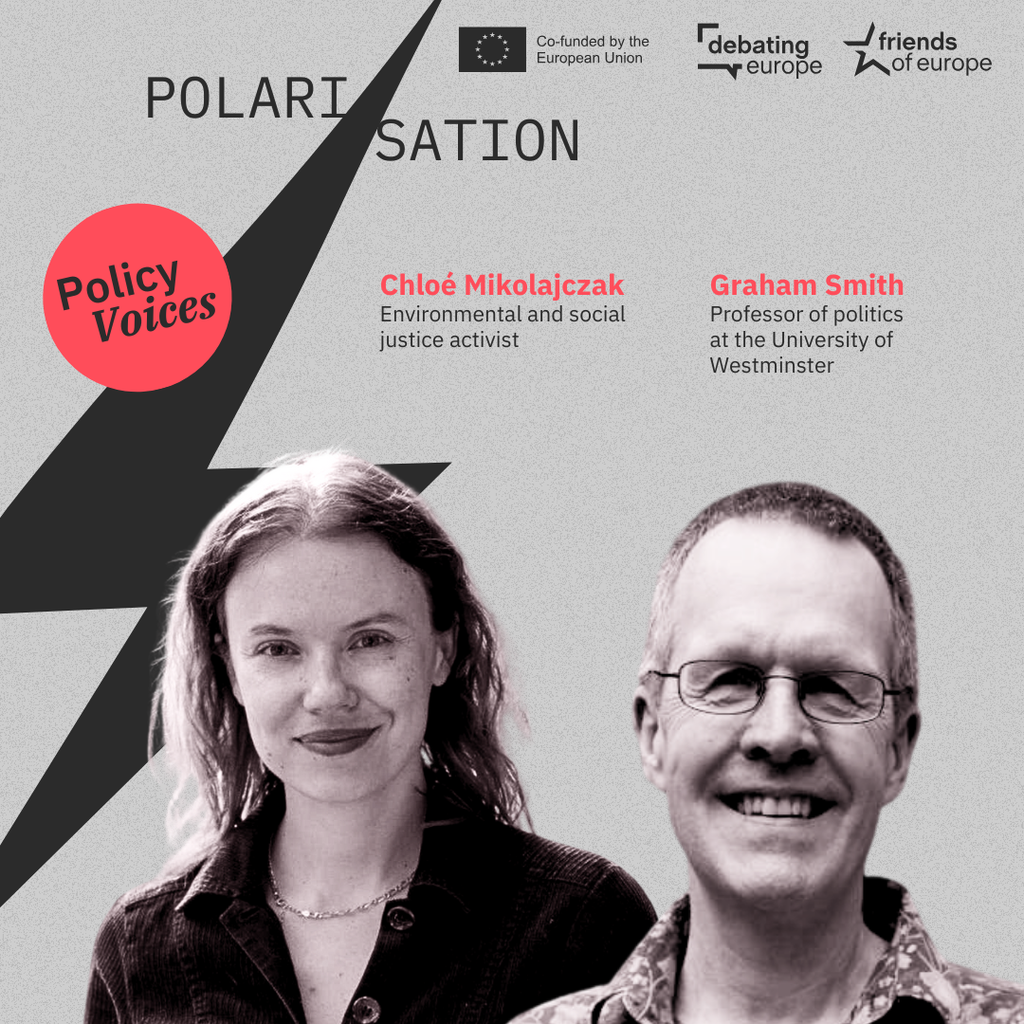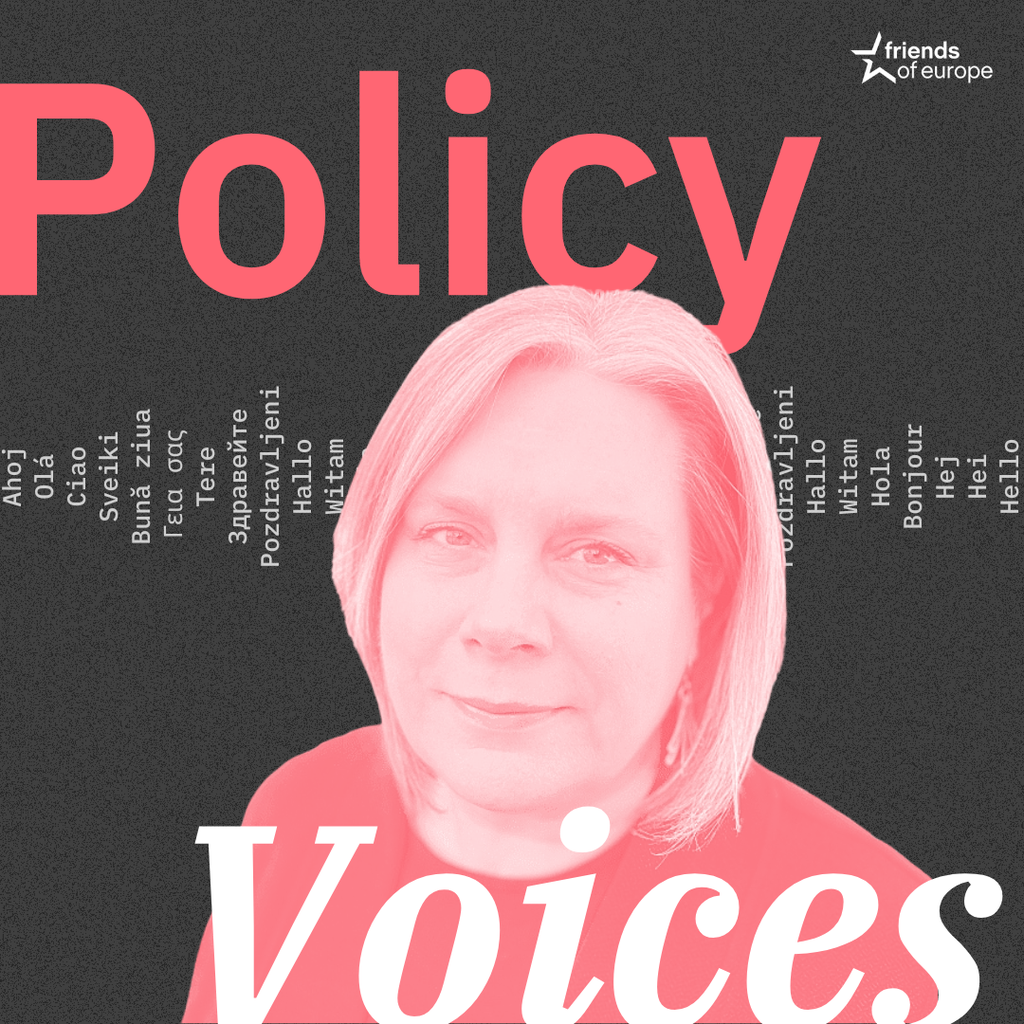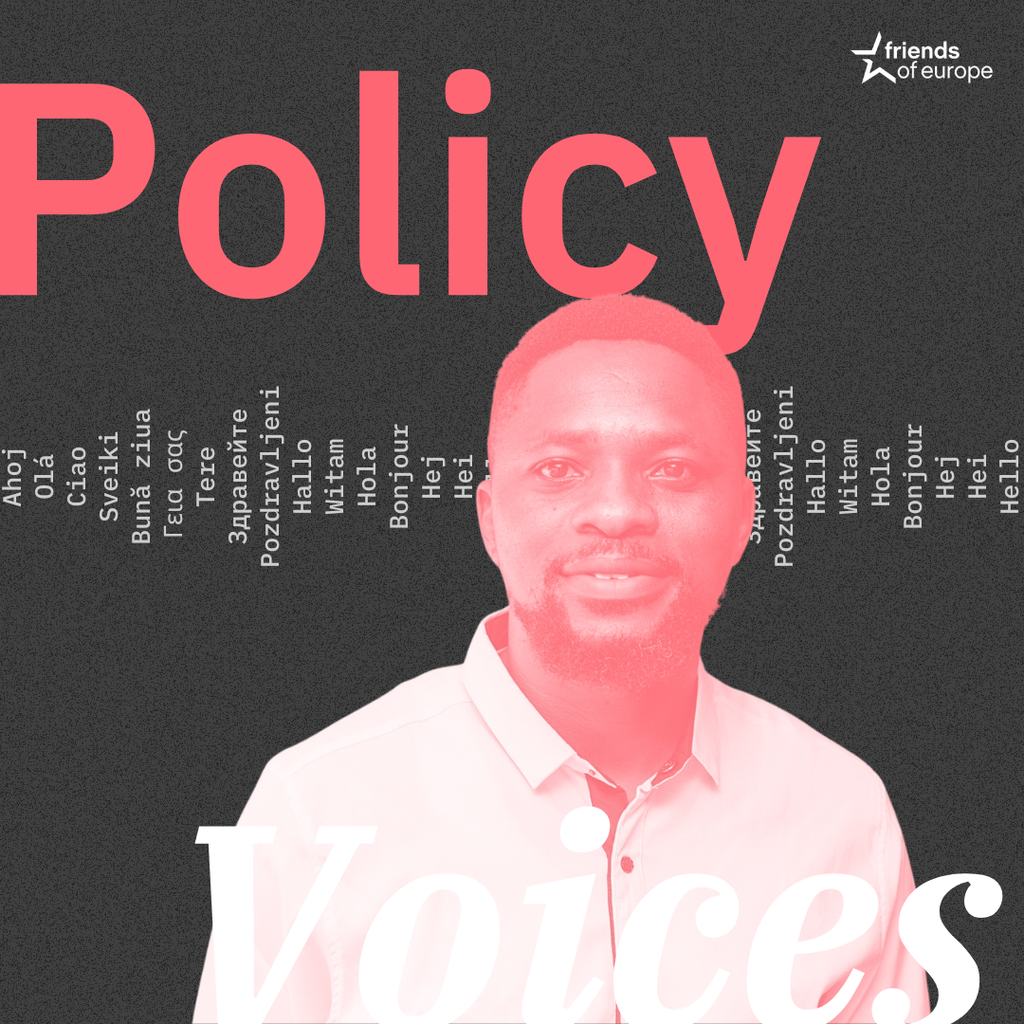A bold vision for a climate-neutral and competitive Europe
Next event In person & livestreamed

- Area of Expertise
- Climate, Energy & Natural Resources
Climate, Energy & Natural Resources

Programme Manager for Energy Transition in the City of Rotterdam
In the Dutch city of Rotterdam, 80% of buildings are currently heated by domestic gas boilers, while many houses do not have optimal insulation. So the city recently started a ‘Heat Transition Programme’ to reduce heat consumption and replace fossil-based heating with sustainable alternatives such as heat pumps, using electricity or district heating, using waste heat from the industry and geothermal heat .
This is a huge and very complex challenge because the heat transition impacts not only the owners and end-users of buildings but also the urban and regional environment. In order to contribute effectively to the Paris Agreement goal by 2050, reduce CO2 emissions by 80-95% from all energy use, the transition to free from natural gas for heating is essential. To achieve this Rotterdam needs to change the heating of 8,000 buildings and replace 40 km of gas grid every year, starting now.
We do not exactly know how the transformation will take place and what is needed. Clearly, significant cooperation is needed, not just between the local and national governments but also between grid owners, heating companies, home owners – both housing corporations and privately-owned properties – and all citizens.
The transition will require extensive investment and provoke upheaval and challenges. But it brings manifold opportunities to the city and its citizens, such as cleaner air, new jobs and a more comfortable living environment.
Only when we can benefit from these opportunities will the transition change from slow and almost arbitrary to a larger, more coherent transformation of districts that has great and far-reaching impact.
Local initiatives are crucial in building political support for the transition and encouraging new innovation
One of the main issues is balancing the costs and benefits. In the short term an optimal solution can only be executed when the costs and benefits are divided fairly. For the long term it is important to value early adopters, who are badly needed during the transition, to ensure that they continue to reap the benefits of their investments. In a sense, we are in a prisoners’ dilemma, where people make decisions for their individual benefit rather than the combined benefit of all involved.
To make the challenge even more complex, the current low price of natural gas in the Netherlands impacts the cost-benefit equation, as it is cheaper to take no action than to make the transition away from gas. Furthermore, most additional benefits, such as air quality, are not accounted for in business terms. In short, the transition is currently being hindered by inadequate rules and regulations and insufficient financial arrangements.
Another dilemma concerns the extent to which the local government can and should coordinate the transition. On the one hand, local initiatives are crucial in building political support for the transition and encouraging new innovation, so it is essential to nurture these bottom-up initiatives. On the other, a more district-oriented coordination will make possible wider opportunities such as economies of scale by involving all parties, not just those at the grassroots, in the transition. This top-down approach can prevent the accumulation of unnecessarily high total costs. The downside is its potential to stifle local initiatives and inhibit innovation.
I believe the city should be a smart orchestrator of the transition. It can encourage a focus on the most economical combination of energy-saving measures for buildings and changes in energy systems, and also benefit from opportunities and facilitate grassroots initiatives and innovations.
Local initiatives are currently supported wherever possible. On top of this a new approach is being developed in collaboration with stakeholders towards a district-oriented agreement. In this approach the city is the conductor, aiming to realise economies of scale by combining operations, while also using the transition as a driver for improvements to the city. The district in transition is scanned for improvement opportunities arising from local concerns, for example parking problems or social cohesion, while initiatives in these districts are also supported. This approach will not only result in lower emissions, cleaner air, more jobs and a call for innovation, but will also have a valuable and positive social and environmental impact. The district-oriented agreement should be between all local players, laying out how stakeholders will reach the end goal and detailing the planning, actions, responsibilities, timing and financial conditions.
As well as the city, the grid owners, building owners and citizens need to be flexible and agile
However, this is easier said than done. Moreover, the coming decades, during which the city will be in transition, are likely to witness great changes. A flexible approach towards the transition is therefore essential. At the same time, it is important not to simply wait for innovations to happen. We need to start now by creating confidence in the chosen direction and be flexible enough to adapt to changes. As well as the city, the grid owners, building owners and citizens need to be flexible and agile.
To cash in on local opportunities, all stakeholders need to participate and be willing to share both costs and benefits. This sounds easy but history tells us it is not. Breaking the prisoners’ dilemma is difficult, although the currently established approach of transparency, open dialogue and a common goal is an excellent starting point.
The main paradox in this transition is the apparent conflict of approaches. Bottom-up action is needed to build momentum and awareness as well as to create an environment that enables new and badly needed innovations. A top-down approach will ensure optimisation of the transition, resulting in the lowest total costs and highest benefits for all citizens, both within and outside of the energy domain, and speeding up the transition.
Rather than debating which is the better approach, we need to embrace the uncertainty a transition brings. We also need to learn to value all progress, including initiatives that perhaps do not match the initial vision, and be willing to sacrifice personal preferences and individual benefits for a better overall result. This – the sharing of all costs and benefits – might be the biggest challenge of all, as well as an opportunity to show greatness.
This article is from Friends of Europe’s discussion paper ‘Cities – the new policy shapers in the energy transition’, in which international experts, policy-makers and entrepreneurs report from cities and regions all around the globe acknowledging cities’ evolving and prominent role within the energy transition. Cities are teaming up, creating coalitions and sharing knowledge on the most advanced and innovative solutions to tackle climate-related risks.
Next event In person & livestreamed

Past event In person & livestreamed

Past event In person & livestreamed

Past event In person & Livestreamed





Stay informed
We use cookies and similar technologies to adjust your preferences, analyze traffic and measure the effectiveness of our campaigns. Learn more about our privacy policy.